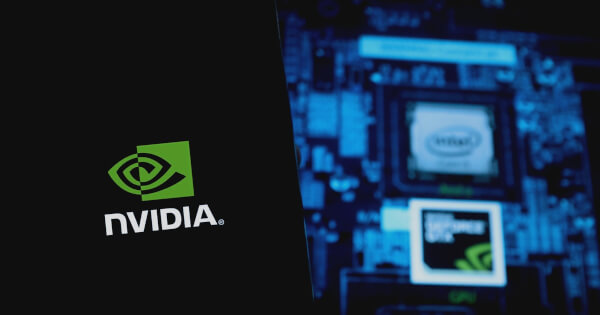NVIDIA HGX B200: A Leap in Sustainable Computing with Reduced Carbon Emissions

Terrill Dicki
Sep 19, 2025 19:06
NVIDIA’s HGX B200 platform significantly cuts embodied carbon emissions, offering enhanced performance and energy efficiency compared to its predecessor, HGX H100, according to NVIDIA.
NVIDIA’s latest accelerated computing platform, the HGX B200, is setting new standards in sustainability by reducing embodied carbon emissions and enhancing energy efficiency. This development marks a significant improvement over its predecessor, the HGX H100, as outlined by NVIDIA in a detailed analysis of product carbon footprints.
Enhanced Performance and Reduced Carbon Footprint
The HGX B200 platform, equipped with eight advanced GPUs and high-speed interconnects, showcases a 24% reduction in embodied carbon emissions, particularly benefiting large workloads such as AI training and inference. This reduction is largely attributed to the upgraded NVIDIA Blackwell B200 GPUs, which feature 180 GB of HBM3E memory and advanced processing capabilities.
Compared to the HGX H100, the HGX B200 delivers a 2.3x increase in throughput (FP16) while being up to 15 times more energy efficient for AI inference tasks. This efficiency translates to a 93% reduction in energy consumption for similar workloads, according to NVIDIA’s analysis.
Operational and Manufacturing Emissions
The HGX B200 not only excels in operational efficiency but also in reducing manufacturing-related emissions. The embodied carbon intensity per FLOPS of compute is decreased from 0.66 gCO2e to 0.50 gCO2e, marking a 24% decrease compared to the HGX H100. This is achieved through reductions in the emissions from materials and components such as thermal elements, ICs, and memory.
Furthermore, the platform’s operational carbon emissions see a drastic 90% reduction when processing tasks such as the DeepSeek-R1 model, emphasizing NVIDIA’s commitment to sustainable computing practices.
Data-Driven Methodology
NVIDIA’s approach to reducing carbon emissions is backed by a robust data collection process, incorporating primary data from suppliers and secondary sources like the imec.netzero tool for emissions modeling. These efforts are aligned with ISO standards, ensuring comprehensive assessments of the products’ life cycles.
Future Prospects in Sustainable Computing
As NVIDIA continues to innovate, the company remains dedicated to decreasing the carbon footprint of its products while advancing performance capabilities. The transparency offered through detailed product carbon footprint summaries enhances understanding of the environmental impacts associated with accelerated computing.
For more detailed insights, visit the official NVIDIA blog.
Image source: Shutterstock













